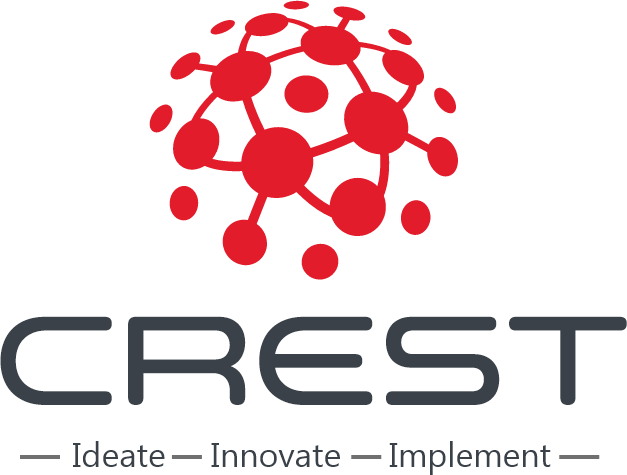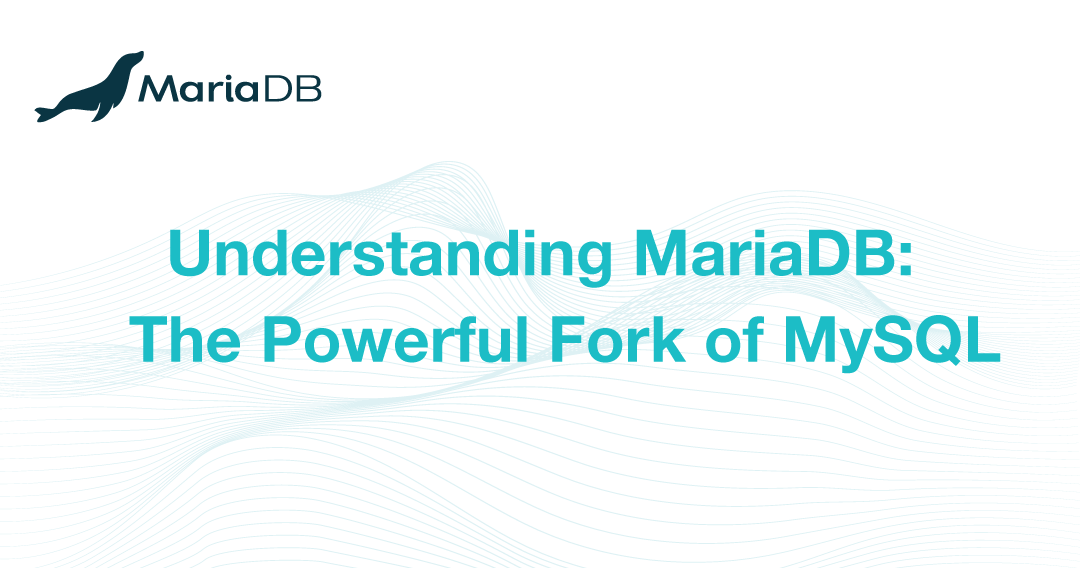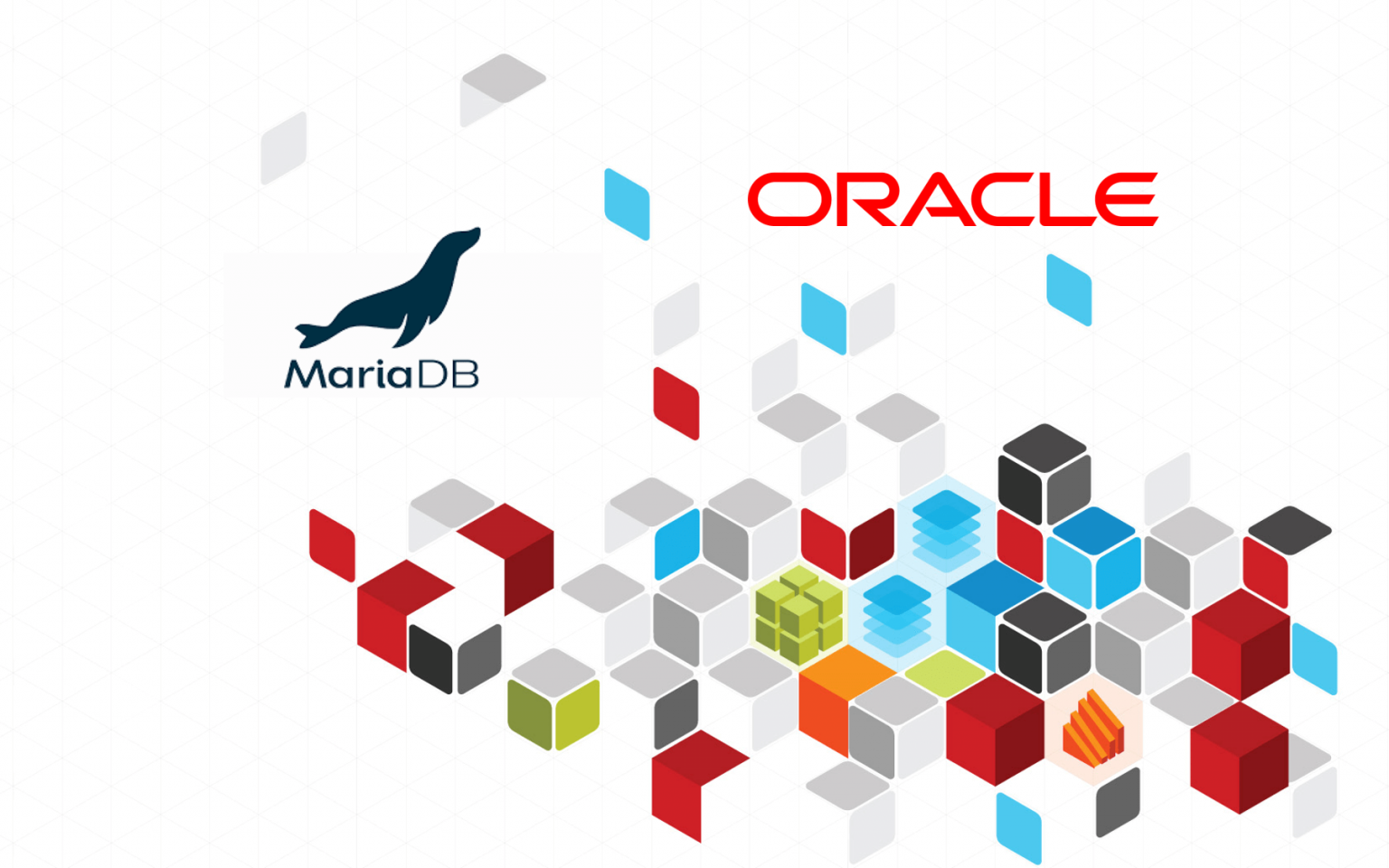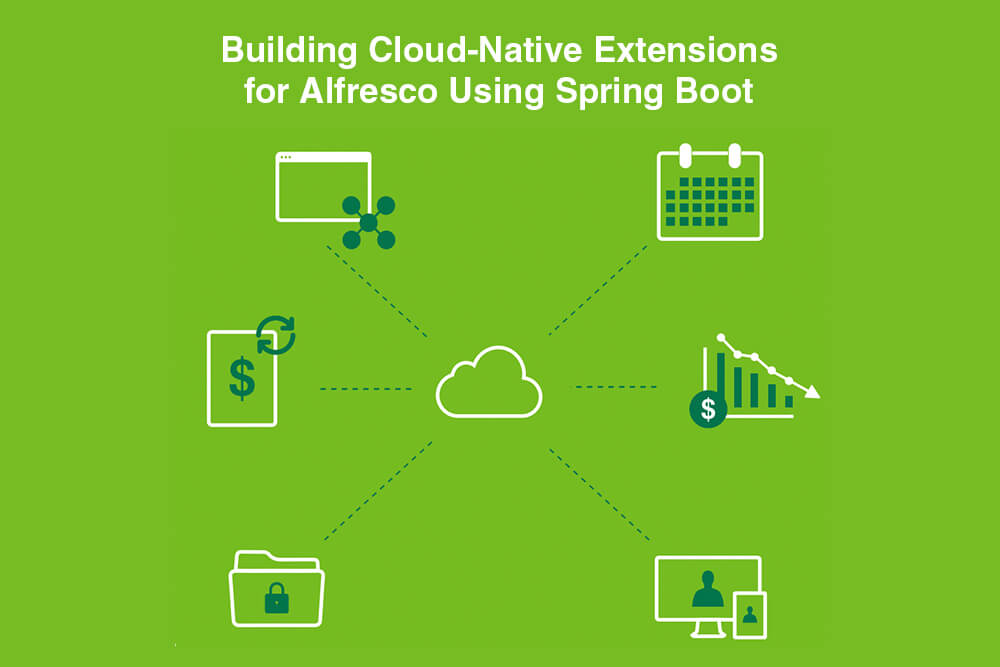As organizations increasingly recognize the importance of modern content management systems, the looming end-of-life for SharePoint 2016 and 2019 has raised questions about future readiness.
Microsoft has announced that SharePoint 2016 and 2019 will reach its end of life in 2026, prompting businesses to explore alternatives that ensure sustainability, flexibility, and robust functionality.
One compelling option is Alfresco, a modern, powerful, secure and scalable EnterpriseContent Management (ECM) system that offers extensive capabilities for document management, records management and compliance, workflow/BPM, reporting and analytics and AI capabilities.
The Impending End of SharePoint 2019 and Limitations of SharePoint Server Subscription Edition (SPSE)
Microsoft has clearly outlined that SharePoint 2016 and 2019 will no longer receive updates, security patches, or support beyond 2026. This poses significant risks for organizations relying on the platform, including increased vulnerability to security threats and compliance issues. For further details on this, you can refer to the official Microsoft documentation.
While SharePoint Server Subscription Edition (SPSE) has been introduced as a successor, it comes with its own set of limitations. Organizations face constraints regarding customizations and workflows, which can stifle innovation and adaptability. The restrictions on custom solutions mean businesses may find it challenging to meet their unique requirements efficiently.
Additionally, organizations often report frustrations with SPSE’s workflow and Business Process Management (BPM) capabilities, leading to operational inefficiencies.
Given these challenges, it’s crucial for businesses to explore alternatives that not only mitigate risks but also enhance operational capabilities.
Limitations of SharePoint Server Subscription Edition (SPSE)
While the introduction of SharePoint Server Subscription Edition (SPSE) offers some modern features, it also has notable limitations that organizations should consider:
- Customization Capabilities:SPSE retains the traditional customization methods seen in earlier SharePoint versions, which can restrict the flexibility needed in today’s fast-paced digital environment. Customizations often require significant development resources, and the reliance on legacy methods can result in slower adaptation to changing business needs.
- Workflow and Business Process Management (BPM):SPSE lacks the robust, intuitive workflow capabilities that modern businesses require. While it includes some automation features, organizations might find it challenging to implement complex workflows effectively. Alfresco, on the other hand, excels in BPM with built-in tools that facilitate seamless process automation and management.
- Dependency on Microsoft Ecosystem:Organizations that choose SPSE may become heavily dependent on the Microsoft ecosystem, which can limit integration with other platforms and services. This vendor lock-in can stifle innovation and flexibility, forcing businesses to adapt their workflows to fit within Microsoft’s confines rather than tailoring solutions to their specific needs.
- Frequent Updates:SPSE operates on a subscription model, which, while offering regular updates, can also create challenges. Frequent updates may disrupt workflows and require ongoing training for employees to keep pace with changes.
The Risks of Remaining with SharePoint SPSE
- Cost Implications: While SPSE may seem like a cost-effective solution in the short term, the long-term financial implications can be significant due to ongoing subscription fees, potential customization costs, and the need for constant training.
- Vendor Lock-In: Staying with SPSE could confine organizations within the Microsoft ecosystem, reducing flexibility and limiting integration options with other technologies.
- Customization Limitations: The restrictions on customization can hinder organizations from tailoring the platform to their specific business processes, leading to user dissatisfaction.
- Transitioning Costs: If organizations ultimately decide to migrate away from SPSE, they may incur substantial costs and effort in the future.
- Outdated Features: Organizations risk being left behind in terms of features and functionality as technology evolves, especially when relying on an older platform.
- Support Limitations: The subscription model of SPSE may lead to unpredictable costs and variable levels of support depending on the subscription tier chosen.
- Security Risks:As organizations lag in adopting updates and patches, they become more susceptible to security vulnerabilities. Given the critical importance of data security, relying on a system that could potentially become outdated poses a significant risk.
Why Choose Alfresco?
For organizations seeking a self-hosted ECM solution that meets both current and future needs, Alfresco presents a robust alternative. Here are some key benefits of migrating to Alfresco:
- Scalability for Billions of Documents
Alfresco is designed to handle vast volumes of content, making it suitable for organizations anticipating growth or dealing with large datasets. With the capability to scale to billions of documents, Alfresco provides the necessary infrastructure for large enterprises, government agencies, and organizations with extensive content management needs.
- Compliance with DoD Records Management Standards
Alfresco’s records management capabilities are compliant with Department of Defense (DoD) standards, specifically DoD 5015.02 for records management and DoD 8180.01 for electronic records management. These standards ensure that organizations can effectively manage their records while meeting stringent regulatory requirements. Alfresco includes features for retention, disposition, and auditing, allowing organizations to maintain compliance with governmental and industry standards efficiently.
- Robust Workflow and BPM Capabilities
Alfresco offers advanced workflow and Business Process Management (BPM) capabilities, compliant with BPMN 2.0 (Business Process Model and Notation) standards. This compliance allows organizations to automate and streamline their business processes effectively. With its intuitive interface, users can create, modify, and monitor workflows, enhancing collaboration and reducing operational bottlenecks. The platform supports both structured and unstructured workflows, catering to diverse business needs.
- Powerful Reporting and Analytics
Alfresco’s reporting and analytics features enable organizations to gain valuable insights from their content. The platform provides customizable dashboards, metrics, and reporting tools that help track usage, performance, and compliance. By leveraging data analytics, organizations can make informed decisions that drive efficiency and effectiveness.
- Mobile Capabilities
In an increasingly mobile world, Alfresco provides robust mobile capabilities, allowing users to access, manage, and collaborate on documents from anywhere. With dedicated mobile apps and responsive design, users can stay productive regardless of their location, enhancing collaboration and responsiveness.
- Open API and Extensibility
Alfresco’s open API architecture allows for seamless integration with various applications. This flexibility facilitates custom solutions tailored to meet specific organizational needs, enabling businesses to build a connected ecosystem around their content management processes.
- AI and Automation Features
Alfresco incorporates artificial intelligence and machine learning capabilities to enhance content management. Features such as automated metadata tagging, document summarization, content classification, PII detection and redaction and predictive analytics empower organizations to derive more value from their content and improve user experiences.
- Flexible Deployment Options
Alfresco supports deployment on various platforms, including containers and Kubernetes, making it suitable for modern, cloud-native architectures. This flexibility allows organizations to choose deployment methods that best fit their infrastructure needs. Additionally, Alfresco can be deployed on a variety of operating systems, including Red Hat and SUSE Linux, and supports a range of databases, including MariaDB, MySQL, and PostgreSQL. This broad compatibility ensures that organizations can integrate Alfresco into their existing IT environments with ease.
Deployment Comparison Table
Here’s a comparative overview of compatibility between Alfresco and SharePoint regarding operating systems, databases, container platforms, and cloud integration:
| Feature | Alfresco | SharePoint |
| Operating Systems | Red Hat, SUSE Linux, Ubuntu, Windows Server | Windows Server |
| Databases Supported | MariaDB, MySQL, PostgreSQL, Microsoft SQL Server | Microsoft SQL Server |
| Container/Kubernetes Support | Kubernetes (EKS, GKS), SUSE Rancher, Red Hat OpenShift | Limited, primarily Windows-based environments |
| Integration with Object Storage | S3 Object Storage support | Limited, primarily uses SharePoint storage |
| Cloud Compatibility | Flexible with various cloud providers including AWS, Azure, Google Cloud Platform, Oracle Cloud and IBM Cloud. | Primarily Azure |
Migrating from SharePoint to Alfresco: A Strategic Approach
Transitioning from SharePoint to Alfresco requires careful planning and execution. Below is a step-by-step approach to facilitate a smooth migration.
- Assessment and Planning
Begin with a comprehensive assessment of your existing SharePoint environment. Identify the content, workflows, and custom solutions that need to be migrated. Understanding the scope of the migration will help set clear objectives and timelines.
- Choose the Right Alfresco Deployment
Alfresco offers multiple deployment options: on-premise, cloud, or hybrid. Assess your organization’s needs, including compliance and infrastructure requirements, to determine the most suitable deployment strategy.
- Data Mapping and Cleanup
Create a detailed mapping of your SharePoint content and workflows to their corresponding elements in Alfresco. This process will help in understanding how to structure your content in Alfresco effectively. Additionally, consider cleaning up any obsolete or redundant data before migration to streamline the process.
- Automated Data Migration Tools
Utilize automated data migration tools to facilitate the transfer of content from SharePoint to Alfresco. Tools like the migration-center can help automate the migration process, reducing manual effort and minimizing the risk of errors. These tools typically support bulk migration, allowing you to efficiently move large volumes of documents, metadata, and even workflows to Alfresco.
- Customization and Integration Development
Leverage Alfresco’s open API to develop necessary customizations and integrations with existing applications. This flexibility allows organizations to tailor their ECM solution to meet specific business requirements effectively.
- User Training and Change Management
Implement a robust training program for users to familiarize them with Alfresco’s interface and features. Change management is critical to ensure user adoption and minimize disruptions during the transition.
- Pilot Testing and Rollout
Conduct pilot testing with a select group of users to evaluate the new system and gather feedback. This approach allows for necessary adjustments before a full rollout, ensuring that the solution meets user needs effectively.
- Ongoing Support and Optimization
Post-migration, establish ongoing support to address any issues and assist users in adapting to the new system. Regularly review system performance and user feedback to optimize the solution continuously.
Conclusion
As SharePoint 2016 and 2019 approaches its end of life, organizations must take proactive steps to secure a sustainable ECM strategy. Migrating to Alfresco not only mitigates risks associated with outdated technology but also opens the door to a host of advanced features and capabilities.
With scalability for billions of documents, compliance with stringent DoD standards, robust workflow and BPM features compliant with BPMN 2.0, powerful reporting and analytics, and mobile access, Alfresco provides a comprehensive solution for today’s content management needs. Moreover, the open API architecture allows for extensive customization, ensuring that organizations can tailor their solutions to fit unique requirements.
The transition to Alfresco may seem daunting, but with careful planning and the right tools, organizations can make the migration process seamless and efficient. By investing in a future-ready ECM solution like Alfresco, organizations can enhance their content management processes and position themselves for continued success in an ever-evolving digital landscape.
For more information on SharePoint’s end-of-life policies and SPSE limitations, visit the official Microsoftdocumentation to ensure informed decision-making. Embrace the future of content management with Alfresco and unlock the full potential of your organization’s digital assets.






